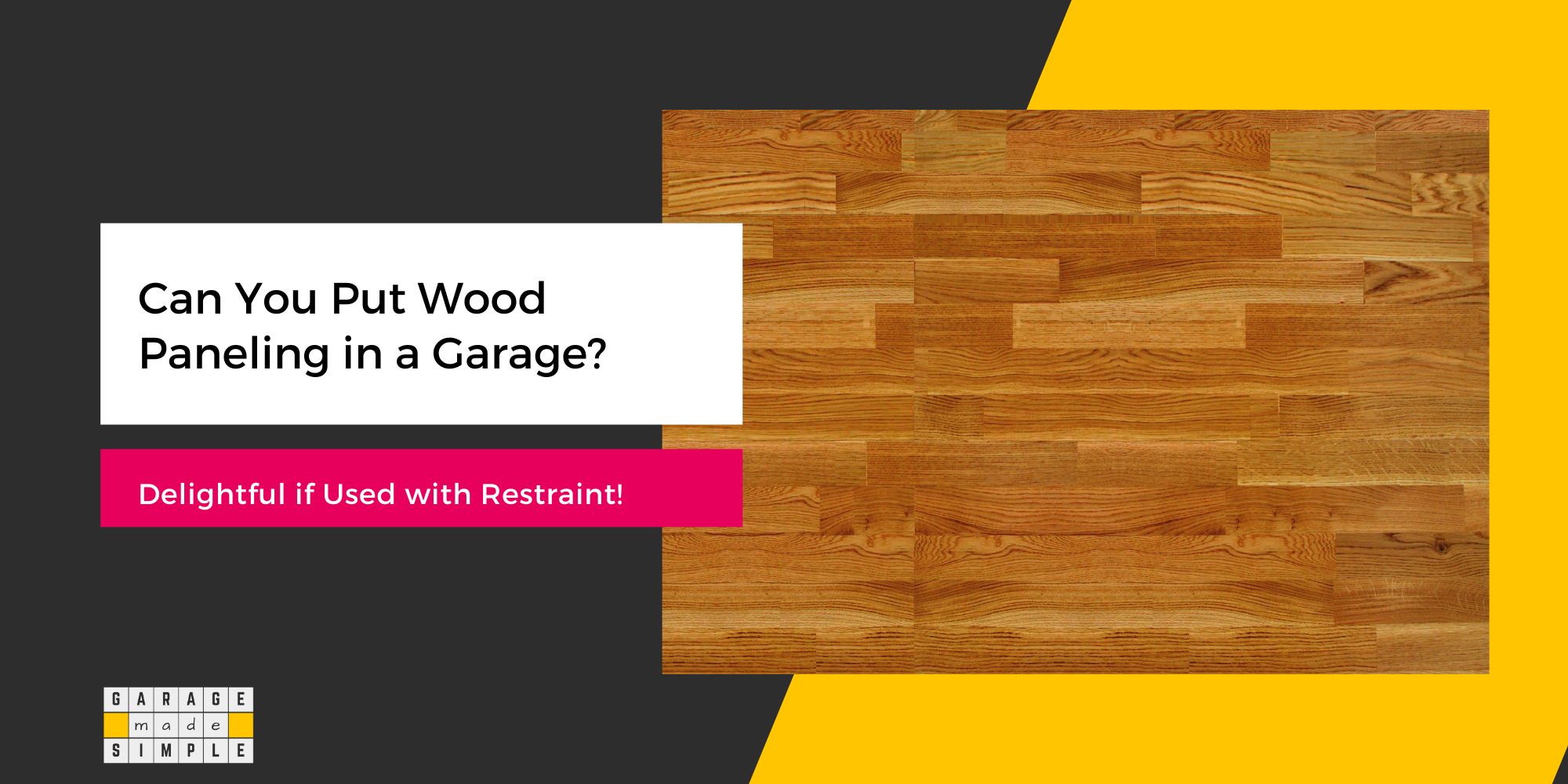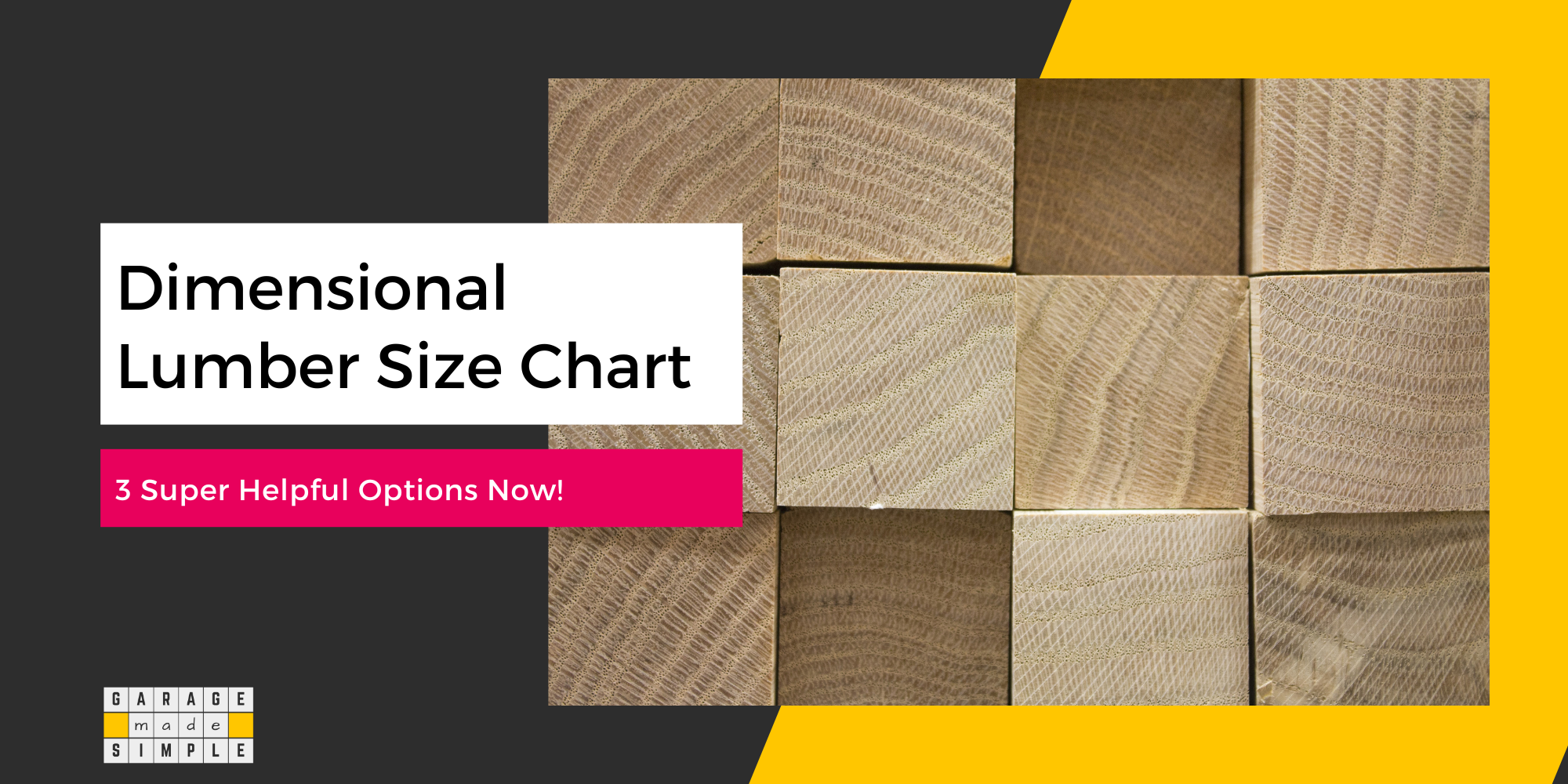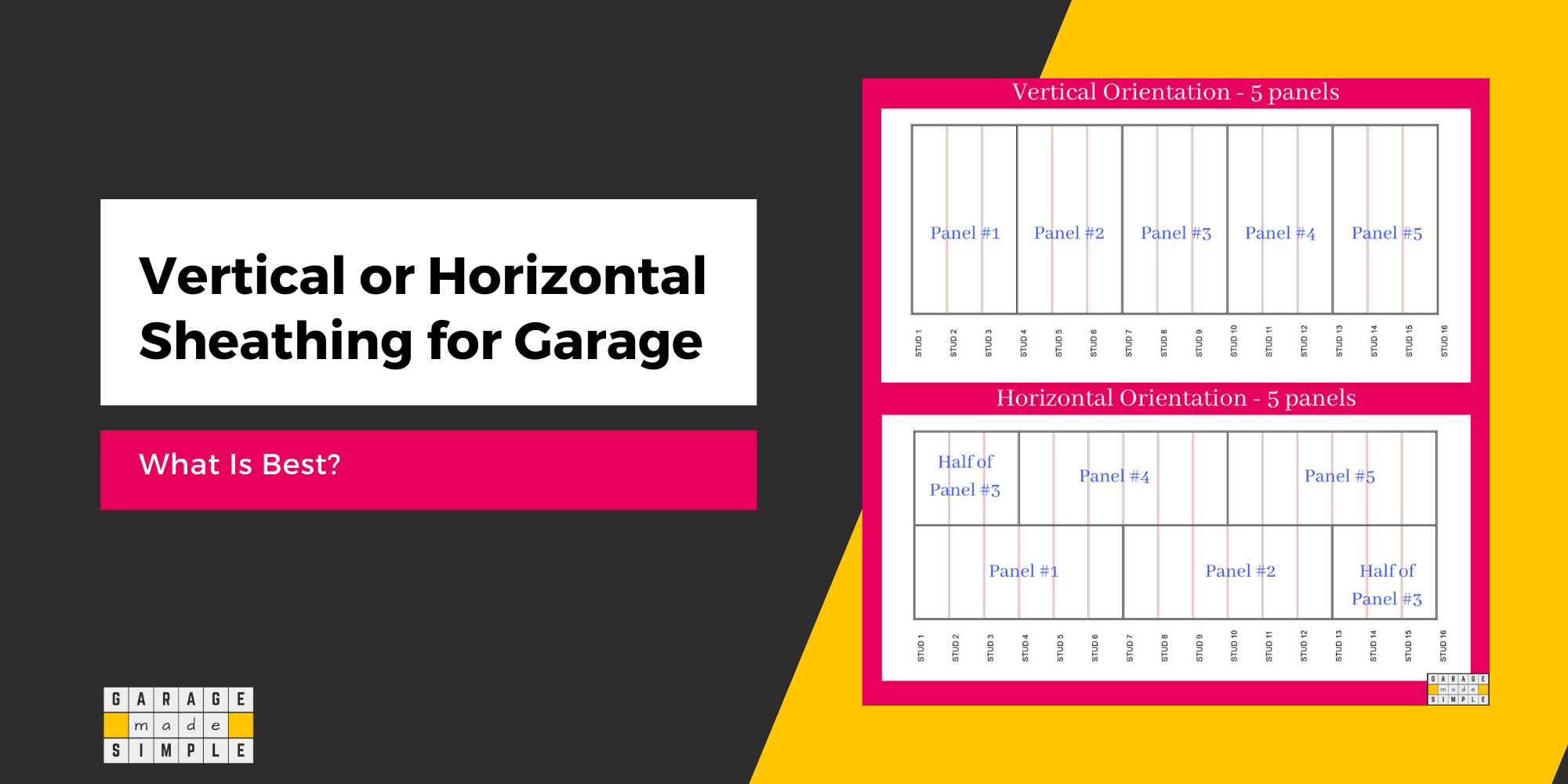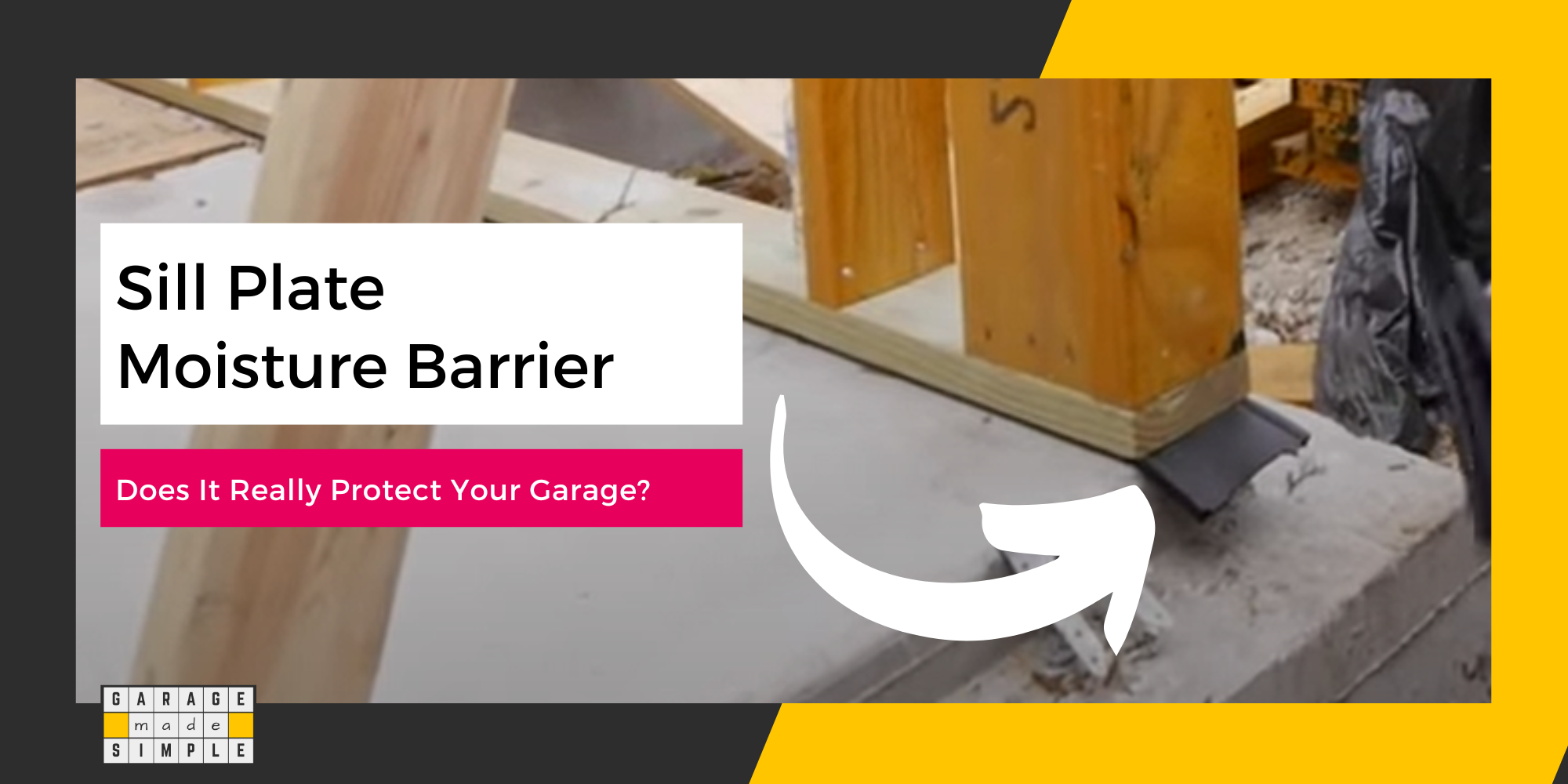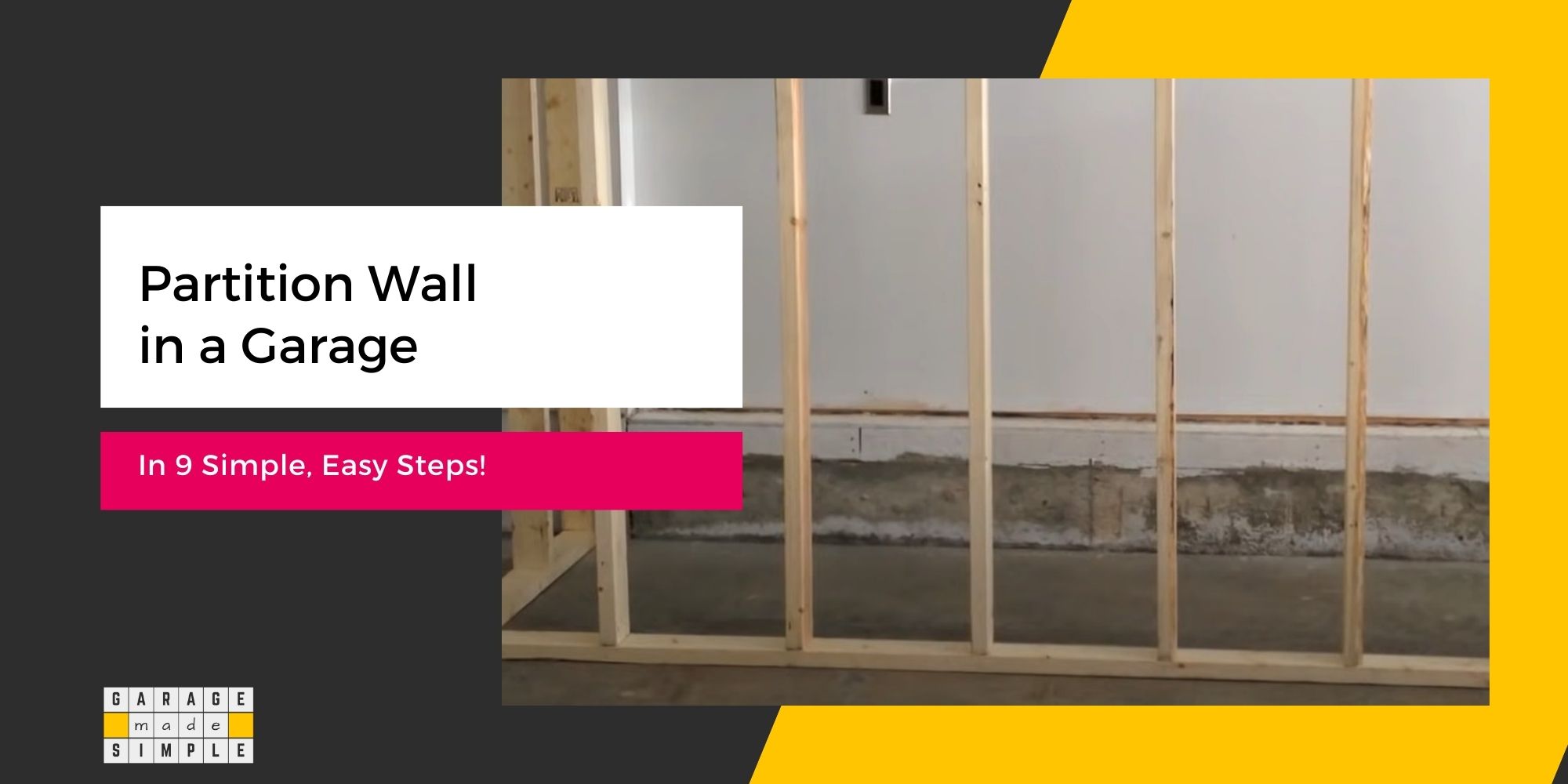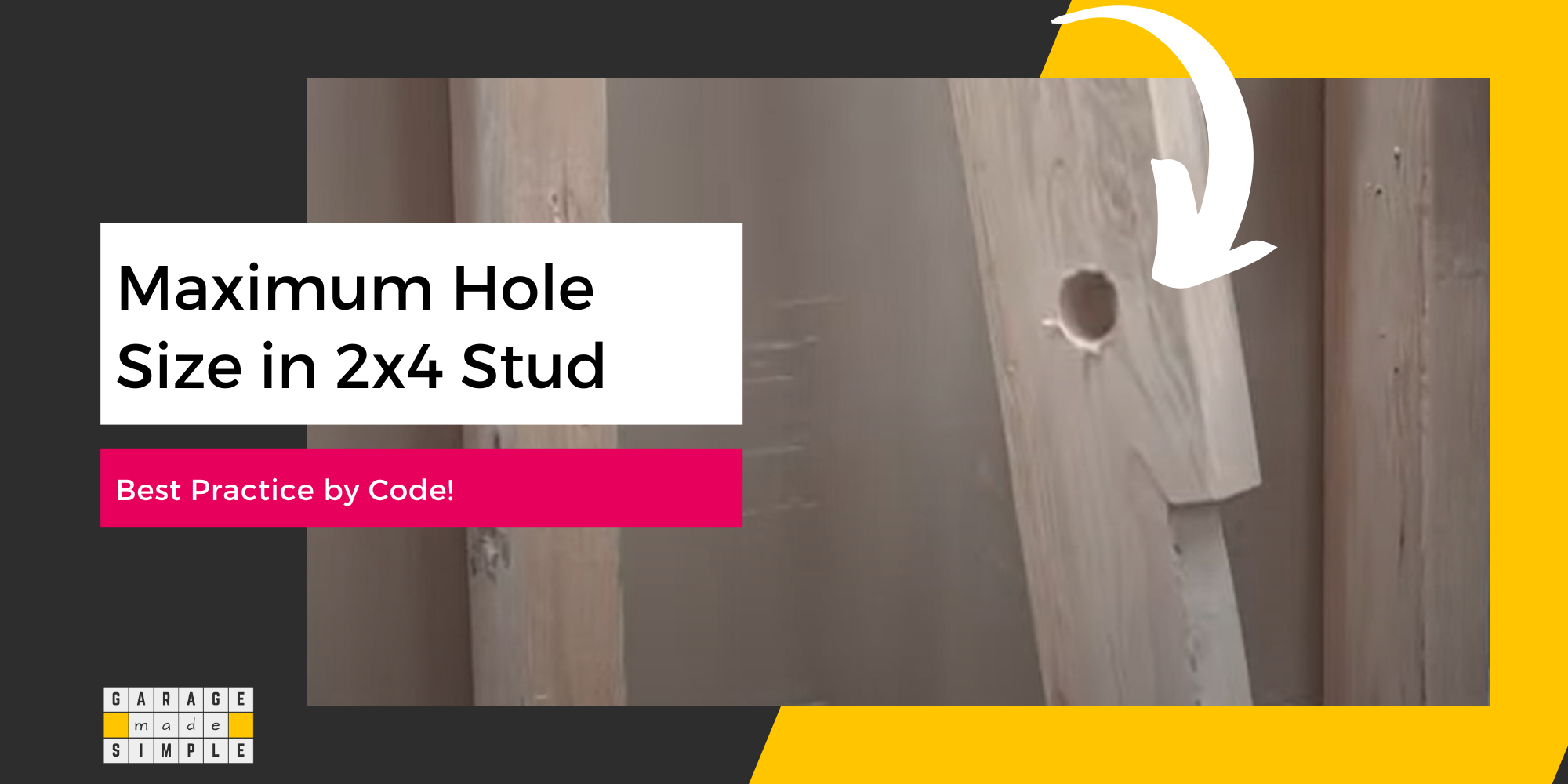Are 2 2x4s as Strong as a 4×4? A Detailed Analysis
As an Amazon Associate, I earn from qualifying purchases.
Are 2 2x4s as Strong as a 4×4?
In construction projects, especially garage framing and DIY builds, the choice between two 2x4s or a 4×4 often arises. The question, “Are 2 2x4s as strong as a 4×4?”, can be tricky, as each option offers unique strengths and limitations.
All parameters being the same, 2 2X4s are not as strong as a 4X4 under vertical load.
The actual cross-sectional area of 2 2X4s is 10 ½ square inches (3” X 3 ½”), while that of a 4X4 is 12 ¼ square inches (3 ½” X 3 ½”) or almost 17% higher.
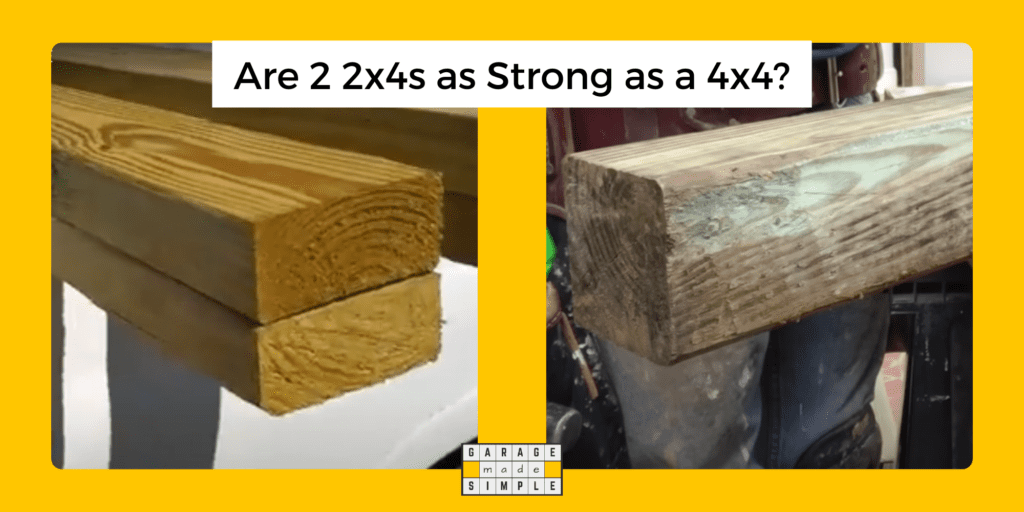
But other factors come into play too!
Selecting the right lumber can impact structural integrity, whether you’re working on a load-bearing wall, framing, or a support post.
Consider factors like wood grain, moisture content, and buckling risks to make the best choice for your project.
This article will compare the strength of 2 2x4s vs a 4×4, examine how each performs under different conditions, and help you decide which option suits your needs.
Whether you’re planning a garage build or framing adjustments, understanding the differences will help ensure your project stands the test of time.
Quick Overview of 2×4 and 4×4 Lumber
Choosing the right lumber for your project requires understanding the differences between lumber sizes and how they are typically used. Both 2x4s and 4x4s are common choices in construction, but each serves a distinct purpose.
What is a 2×4?
A 2×4 is widely used in construction projects, especially in wall framing. Although the nominal size suggests it measures 2 inches by 4 inches, the actual dimensions are 1.5 inches by 3.5 inches due to the milling process.
- Uses: Commonly used in wall framing and studs for homes, garages, and sheds.
- Load Capacity: While great for vertical load-bearing, such as supporting walls, individual 2x4s can buckle under heavy loads if not properly braced.
- Woodworking Applications: They are ideal for DIY projects like shelving units or light-duty frames due to ease of handling, availability, and affordability.
What is a 4×4?
A 4×4 is a larger, sturdier piece of lumber with nominal dimensions of 4 inches by 4 inches. However, its actual size is 3.5 inches by 3.5 inches.
- Uses: 4x4s are often found in load-bearing applications, such as posts, beams, and support structures for decks and pergolas.
- Load Capacity: Known for superior compressive load resistance and reduced risk of buckling, 4x4s are suitable for areas with vertical loads over unbraced heights.
- Durability: They are preferred for outdoor applications since they can withstand heavy loads and weather conditions, better than two 2x4s combined.
While 2x4s excel in framing and are easier to work with, 4x4s provide more structural integrity for posts and beams that must support significant weight.
Comparing Strength: 2 2x4s vs 4×4
When comparing 2 2x4s vs a 4×4, the question of strength isn’t straightforward. While two 2x4s nailed or screwed together can mimic the size of a 4×4, their load-bearing capacity, compressive strength, and resistance to buckling differ in key ways.
Strength of 2 2x4s in Parallel
Two 2x4s joined together can be a substitute for a 4×4 in some projects. In theory, combining two 2x4s gives a cross-sectional area similar to a 4×4.
However, the strength of this setup depends on several factors:
- Fastening Method: For two 2x4s to act as a single structural unit, they must be properly nailed, screwed, or glued. Poor fastening reduces their ability to bear vertical loads.
- Wood Species and Quality: Different wood species affect strength. For example, Douglas fir or southern yellow pine offer higher load capacities than softwoods like spruce.
- Load Capacity of 2x4s: Two well-fastened 2x4s can handle significant vertical loads, making them ideal for framing walls and short beams. However, they can be prone to lateral buckling if used for unbraced or unsupported posts.
How a 4×4 Compares
A 4×4 post offers greater compressive strength and is less likely to buckle than two 2x4s under heavy vertical loads. No wonder, 4x4s are the preferred choice for posts supporting decks and pergolas.
- Resistance to Buckling: A 4×4, being a single piece of lumber, offers more resistance to buckling. It resists twisting and buckling more effectively than two fastened 2x4s, especially when used as a post at taller, unbraced heights.
- Structural Integrity: Since a 4×4 is a single, continuous piece of lumber, it has better structural integrity for load-bearing applications. There’s no need to worry about seams or weak points between boards.
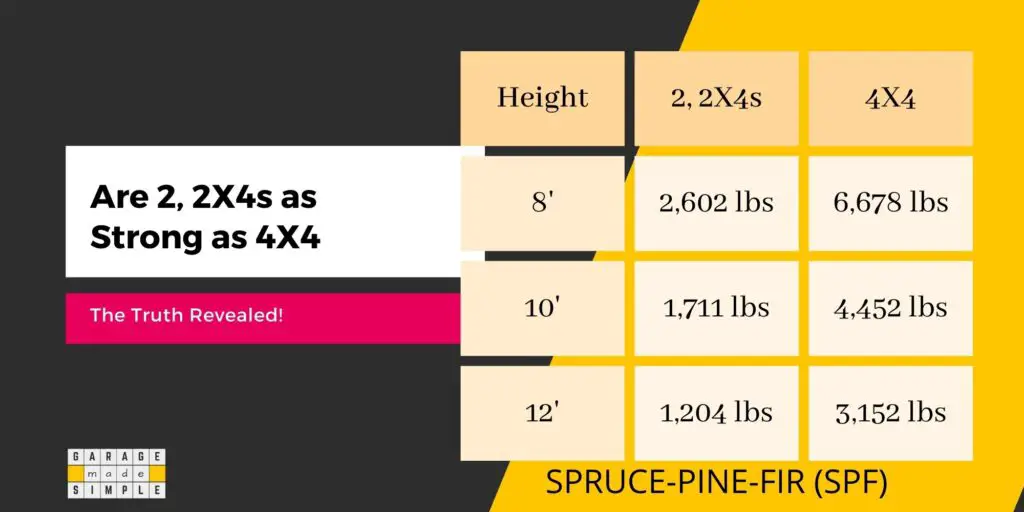
Which Is Stronger Overall?
While two 2x4s can perform similarly to a 4×4 in some cases, especially in short framing applications, they are not a perfect substitute.
A 4×4’s superior compressive load capacity and ability to maintain strength over taller spans make it the better choice for vertical posts and heavy-duty support beams.
Disclaimer:
Quite often a 4X4 is milled from the center of the tree trunk which tends to be weaker than the sections away from the center from which 2X4 is milled. So the benefit of a higher cross-sectional area may be negated.
The wood grains in a 4X4 will run in one direction but the wood grains in two 2X4s could run in opposite directions. This could make 2 2X4s as strong as a 4X4.
However, if cost, availability, or ease of installation are priorities, two 2x4s can be a practical solution for smaller projects.
The seam between the two boards can introduce weak points, reducing overall stability. The method of joining the 2 2X4s affects the bond strength between the two pieces.
The best method is applying a wood adhesive before nailing them together. This will ensure that the load is evenly distributed across the entire joint.
Expert Tip: Moisture content also affects wood performance. Lumber with high moisture content is more likely to warp, twist, or lose strength over time, regardless of whether it’s a 2×4 or 4×4. Kiln-dried or treated wood helps maintain structural integrity over the long term.
Failure by Buckling
Buckling occurs when a vertical post bends or collapses under compressive load due to insufficient lateral support. This is more likely to happen if the post is tall and unbraced.
Studs fail by buckling under vertical load. As expected, the failure will be on the thinner edge. So, the cross-sectional dimension is more important than the cross-sectional area.
The “capacity of wood” is the constant load at which the stud will buckle and fail. It can be calculated using the “capacity of wood column calculator” by Jonathan Ochshorn.
The table below gives the capacity (lbs) for SPF (spruce-pine-fir) studs at different unbraced heights:
| UNBRACED HEIGHT (FEET) | 2, 2X4sCAPACITY (lbs) | 4X4CAPACITY (lbs) | TIMES STRONGER |
| 2’ | 9,613 | 18,992 | 1.97 |
| 4’ | 7,323 | 15,951 | 2.17 |
| 6’ | 4,309 | 10,614 | 2.46 |
| 8’ | 2,602 | 6,678 | 2.57 |
| 10’ | 1,711 | 4,452 | 2.60 |
| 12’ | 1,204 | 3,152 | 2.62 |
| 14’ | 891 | 2,341 | 2.63 |
| 16’ | 685 | 1,804 | 2.63 |
The question, “Are 2, 2X4s as strong as 4X4?” is not very material, for a workbench, table, bed, etc. as the height will be in the 2′ to 4′ range. As you can see from the above table the loading capacity is extremely high and you have nothing to worry about.
How Much Weight Can 2 2×4 Hold Vertically?
2 2X4s SPF (spruce-pine-fir) columns with an unbraced height of 8 feet will be able to hold a compressive load of 2,602 pounds before they buckle.
The load 2, 2X4s can hold depends primarily on the wood species and the unbraced height. The table below gives you a range based on Jonathan Ochshorn’s “capacity of wood column calculator.”
| WOOD SPECIES | 6’ | 8’ | 10’ | 12’ |
| Douglas Fir – Larch | 5,372 | 3,256 | 2,143 | 1,509 |
| Hem – Fir | 4,557 | 2,747 | 1,805 | 1,270 |
| Spruce – Pine – Fir (SPF) | 4,309 | 2,602 | 1,711 | 1,204 |
| Southern Pine | 5,154 | 3,118 | 2,051 | 1,444 |
| Note: Figs are in lbs |
DEWALT XTREME 12V MAX* Cordless Drill / Driver Kit, 3/8-Inch
DEWALT XTREME 12V MAX* Cordless Drill
This cordless drill is compact and performance packed, ideal for precision applications like drilling small pilot holes. It accepts up to a 12-inch spade bit.
At only 5.97-inch length, it is packed to perform with a 2-speed transmission. It also features a bright LED light, positioned on the foot to illuminate work areas.
2 2x4s or 1 4x4s? Pros & Cons
Choosing between two 2x4s and a 4×4 depends on factors like budget, ease of installation, and structural needs.
1. Cost and Availability
- 2x4s are usually cheaper and more widely available than 4x4s, especially in bulk.
- 4x4s (particularly treated ones) can be more expensive and harder to find.
2. Handling and Installation
- 2x4s are lighter, easier to cut, and better suited for DIY projects. However, aligning and fastening them correctly can be challenging.
- 4x4s are heavier but offer simplicity as there is no need to join.
3. Structural and Aesthetic Needs
- For non-critical framing (like walls or garden boxes), two 2x4s can perform well.
- 4x4s are ideal for load-bearing applications (like deck or fence posts) due to their high compressive strength and resistance to buckling.
- A 4×4 post provides a cleaner, more polished look for exposed structures.

Two 2x4s work for budget-friendly framing, but 4x4s are better for vertical loads and critical posts. Choose based on the project’s demands and your comfort with handling lumber.
Which Is Stronger 2 2×4 or 1 2×6?
2 2X4s are stronger than 1 2X6. The thinner edge of 2 2X4 is 3” while the thinner edge of 1 2X6 is only 1 ½”. As a result, 2 2X4s will not buckle under much higher vertical loads.
If both, 2X4 and 2X6 are single studs then, of course, 2X6 is stronger than a 2X4. The thinner edge in both cases is 1 ½” but the thicker edge for 2X6 is 5 ½” while that of 2X4 is 3 ½”.
The Table below is for SPF (spruce-pine-fir) obtained from the “capacity of wood column calculator” by Jonathan Ochshorn, as mentioned earlier.
| Unbraced Height | Vertical Load Capacity 2, 2X4s (lbs) | Vertical Load Capacity 1, 2X6 (lbs) |
| 6’ | 4,309 | 1,574 |
| 8’ | 2,609 | 897 |
| 10’ | 1,711 | 577 |
| 12’ | 1,204 | 402 |
However, if they are used as a beam or joist then 1 2X6 will be stronger than 2, 2X4s. This is because the edge taking the buckling load in the case of 1 2X6 is 5 ½” while the edge taking the buckling load in the case of 2 2X4s is 3 ½”.
FAQ’s
Are 2x4s ever load bearing?
Yes, 2x4s can be used as load-bearing members in framing. However, their load-bearing capacity depends on the span between supports and the species and grade of the wood.
Can you use a 4×4 for framing?
Yes. However, 4x4s are typically used as vertical support posts in residential construction, particularly for decks, porches, or interior walls where a sturdier structure is needed. They are not used for the entire structure.
Which is stronger, a 4×4 or 2 2x6s?
The load-bearing capacity of a 4×4 vs 2 2×6 depends on the direction of the load. A 4×4 is stronger under vertical load and is less likely to buckle. 2 2×6 is stronger if the load is applied to the 2″ edge facing up.
Is a single 4×4 as strong as two 2x4s?
In certain applications, two 2x4s can match the strength of a 4×4, particularly when used horizontally or for framing. However, a 4×4 performs better under vertical loads, especially in tall posts, due to its superior resistance to buckling.
What’s the difference between a 2×4 and a 4×4?
A 2×4 is smaller (1.5” x 3.5”) and typically used for wall studs, framing, and light construction projects. A 4×4 is larger (3.5” x 3.5”) and primarily used as posts or beams for supporting heavier loads and longer spans.
Why are two 2x4s different in strength from each other?
The strength of individual 2x4s can vary based on factors like wood species, grain alignment, moisture content, and milling quality. Differences in these properties can affect how well two 2x4s perform when fastened together.
Are 2 2×4 beams stronger than a 4×4?
Two 2x4s can handle significant horizontal loads when properly secured, making them useful for beams. However, for vertical posts, a 4×4 offers better compressive load capacity and stability over longer, unbraced heights.
Bottom Line
- Two 2x4s are commonly used in corners when framing garage walls.
- However, for critical load-bearing posts or high-stress applications, a 4×4 is a safer choice, due to its superior compressive load resistance.
- 4x4s are preferable in projects like deck building, workbench construction, fencing posts, and posts that carry heavy loads.
While two 2x4s can work as a 4×4 substitute in certain cases, they require careful bracing to prevent buckling. A 4×4’s continuous structure offers better integrity and is generally a safe choice for load-bearing applications.
Thank you very much for reading the post. I do hope you found it informative and useful.


